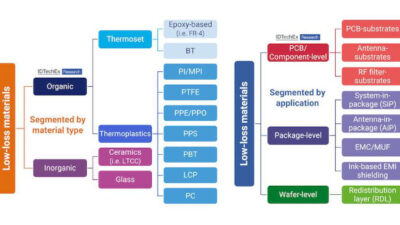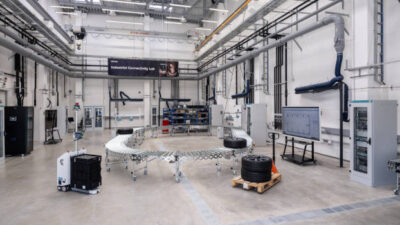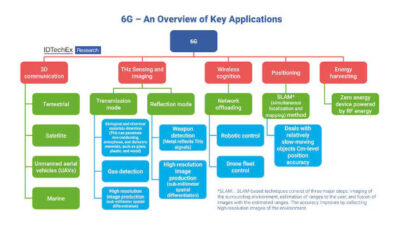Daniel E. Capano answers some Control Engineering wireless webcast questions below that the June 10 webcast didn’t have time to address at the end.
Some questions at the end of the Control Engineering wireless webcast on June 10 weren’t answered within the hour. The featured speaker in the webcast, Daniel E. Capano, owner and president, Diversified Technical Services Inc. of Stamford, Conn., is a certified wireless network administrator (CWNA) and provides answers to some of the additional audience questions below.
Q: What was the "predicted software" manufacturer that you used?
A: The predictive survey software is by Aerohive Networks.
Q: What experience and successes have you had with deployment of wireless networks in outdoor industrial (chemical plants, refineries) facilities? Are these types of deployments reliable?
A: We have made extensive use of bridging using wireless equipment where installing wire is prohibitively expensive. One deployment was used exclusively to acquire data from a remote flowmeter. The link is working flawlessly and the data is solid and clean. We have just begun installing wireless networks in water treatment plants, and so far have found the systems to be very reliable. Our clients are very pleased with the performance and relatively low cost.
Q: Extreme humidity, rain, snow—do they affect the wireless signals?
A. Extreme rain and snow will have a negative effect on long-distance, point-to-point links in varying degrees. We haven’t seen any serious loss in smaller plant wide networks.
Q: Will Wi-Fi routers with redundancy capabilities become a standard in the near future?
A: Both IEEE 802.11n and ac standards describe multiple radios allowing redundant signal paths or "radio chains." These are also called spatial streams and allow for multiple and redundant signal paths, which greatly increase system reliability.
Q: What types of devices connect to the wireless network at the water plant shown in the presentation?
A: We are using Rosemount THUM devices to interface with HART capable instruments, such as pH/ORP, DP (sump levels) and DPITs for scrubber bed monitoring. We also have Rosemount discrete switch transmitters connected to starters to monitor blower status. The devices are IEEE 802.15.4 converted to IEEE 802.11n in the 2.4 GHz band.
Q: Can you comment on wireless as best served for remote monitoring versus trying to do closed loop control (controller to remote I/O rack or wireless instruments)?
A: Wireless mesh networks are very well suited to distributed control systems, so the application of a wireless link for a remote I/O rack is a viable application. We are considering using wireless links for a planned expansion of a blower control system that would require significant remote I/O.
– Daniel E. Capano, owner and president, Diversified Technical Services Inc. of Stamford, Conn., is a certified wireless network administrator (CWNA). Edited by Mark T. Hoske, content manager, CFE Media, Control Engineering, [email protected].
ONLINE extras
Home has other wireless tutorials from Capano.
Upcoming Webcasts has wireless webcasts, some for PDH credit.
Control Engineering has a wireless page.



